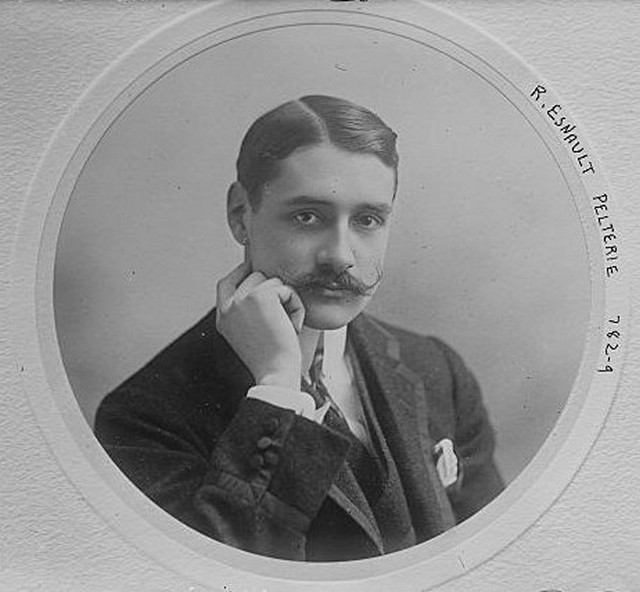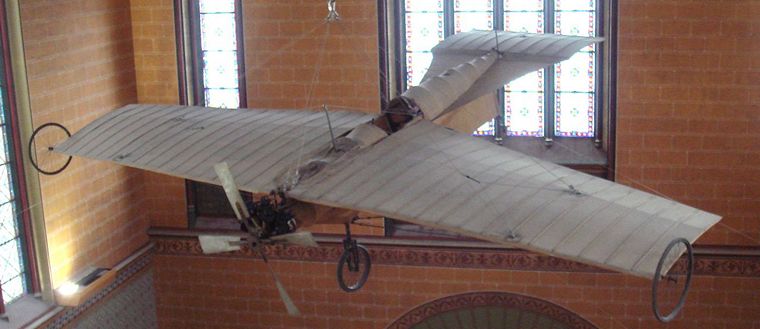Robert Esnault-Pelterie pioneering French aircraft designer
By Willie Bodenstein

Robert Esnault-Pelterie. Photo © Bain News Service / United States Library of Congress
Robert Albert Charles Esnault-Pelterie, a pioneering French aircraft designer and spaceflight theorist, was born on 8 November 1881 in Paris to a wealthy textile industrialist. He was educated at the Faculté des Sciences, studying engineering at the Sorbonne.
Esnault-Pelterie developed an interest in aviation after having seen reports of the Wright brothers' 1902 glider and he soon started experimenting with glider designs based on the Wright's glider and built his own incorporating wing warping as per the Wright's glider. Testing it on beach near Calais he found it difficult to control and abandoned the project in the interest of safety. Blaming the control problems on the Wright's wing warping system he designed what essentially was to become the aileron; a wing with midway placed control surfaces on the leading edge. By 1906 he had completed another glider and was so confident of its abilities that on 19 September 1906 he was towed aloft and flew 500 m (1,600 ft).

1909 Esnault-Pelterie. Photo commons.wikimedia.org
He then began construction of his first powered aircraft, the Pelterie I (or R.E.P. I). On 10 October 1907 he successfully took off and flew for 100 m (330 ft) in the Pelerie powered by a seven cylinder 30hp air cooled engine of his own design. Spurred on by his success he designed and built the Pelterie II in which during 1908 he set a record of 1,200 m (3,900 ft) reaching an altitude of 30 m (98 ft).
In 1929 Esnault-Pelterie proposed the idea of the ballistic missile for military bombardment. By 1930, Esnault-Pelterie and Barré had persuaded the French War Department to fund a study of the concept. In 1931, the two began experimenting with various types of rocket propulsion systems, including liquid propellants. The same year he ran a demonstration of a rocket engine powered with gasoline and liquid oxygen. During an experiment with a rocket design using tetra-nitromethane,+ he lost three fingers from his right hand during an explosion. Ultimately, their work failed to create an interest in rocketry within France.

Esnault-Pelterie 1908. Photo © / PHGCOM / commons.wikimedia.org
Pelterie stopped flying and instead focused on the development and manufacture of aircraft. He is generally recognised as the inventor of the joystick, radial engines and in later life with the development of rocket manoeuvre by means of vectored thrust.
Esnault-Pelterie passed away on 6 December 1957.
|
   |























